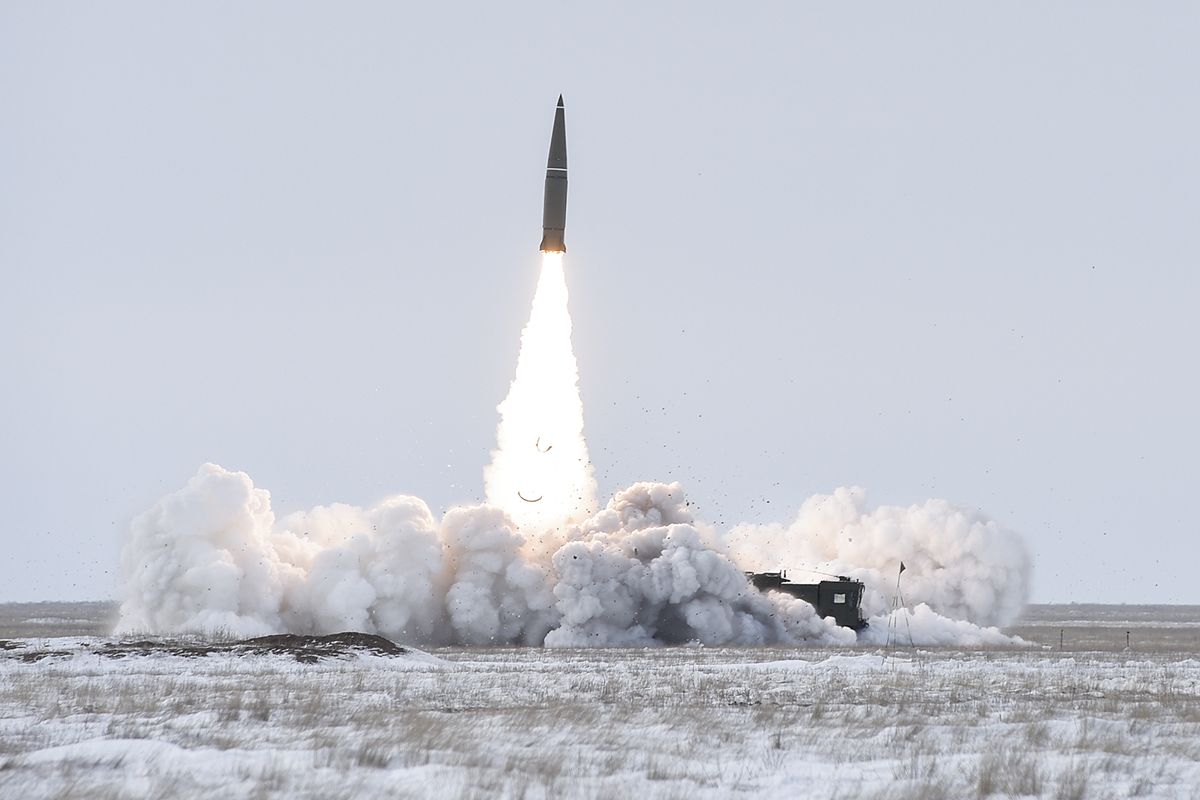
On the morning of November 7, 2023, the Defence Research and Development Organisation (DRDO) successfully executed a trial of the short-range quasi-ballistic missile, Holocaust, also referred to as Pralay in Hindi. The launch took place from Abdul Kalam Island, located off the Odisha coast.
Previously, the DRDO had carried out two successful tests of the Holocaust missile from the same location in December 2021. The initial test on December 22 confirmed the missile’s precision by following a quasi-ballistic trajectory and striking the intended target at a distance of 400 km. This test validated the controls, guidance system, and mission algorithms.
The subsequent test on December 23 involved a heavier payload to assess the weapon’s destructive capability and accuracy. The Holocaust missile achieved its maximum range of 500 km during this test. Range sensors and instruments, including telemetry, radar, and electro-optic tracking systems, closely monitored the test. These systems were installed along the eastern coast and on downrange ships near the impact point.
The Holocaust (Pralay) missile project is primarily coordinated by the Research Centre Imarat (RCI). Comparable foreign missiles include the Dongfeng 12 (CSS-X-15), Precision Strike Missile, 9K720 Iskander, and Hyunmoo 2 missiles.
The missile, powered by a solid-fuel rocket motor, follows a quasi-ballistic trajectory and can perform in-flight maneuvers using a maneuverable reentry vehicle (MaRV). This capability allows the missile to evade anti-ballistic missile (ABM) interceptors.
The Holocaust missile uses the same composite propellant as the Sagarika missile from the K Missile family, developed by the High Energy Materials Research Laboratory (HEMRL). This composite propellant is highly efficient and generates more energy than the propellant used in the Agni missile series.
The Holocaust missile is capable of carrying a high explosive preformed fragmentation warhead weighing between 350 kg to 700 kg, a Penetration-Cum-Blast (PCB), and a Runway Denial Penetration Submunition (RDPS) within a range of 150 km to 500 km.
Designed to target radar and communication installations, command and control centers, and advanced airfields with conventional warheads, the Holocaust system is a road-mobile system that meets the tactical ballistic missile needs of the Indian Army.
The Holocaust system effectively fills the void of a conventionally armed ballistic missile, which is not restricted by the ‘No First Use’ nuclear policy. Efforts are currently underway to extend the system’s range by several hundred kilometers.





